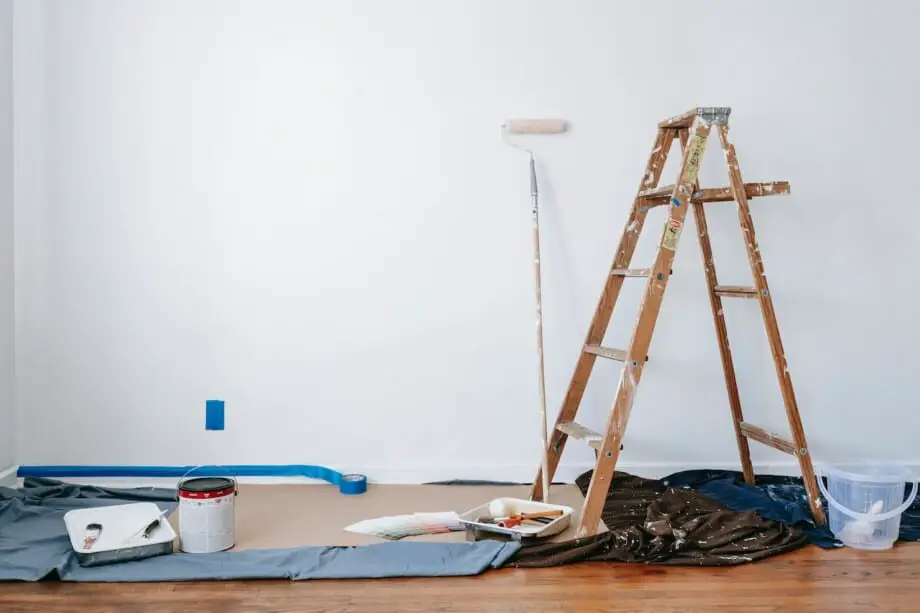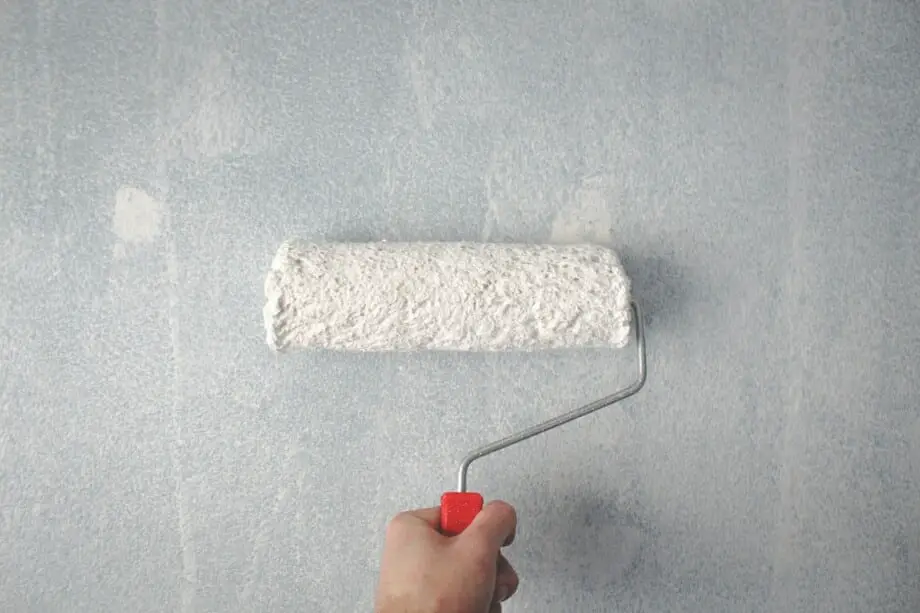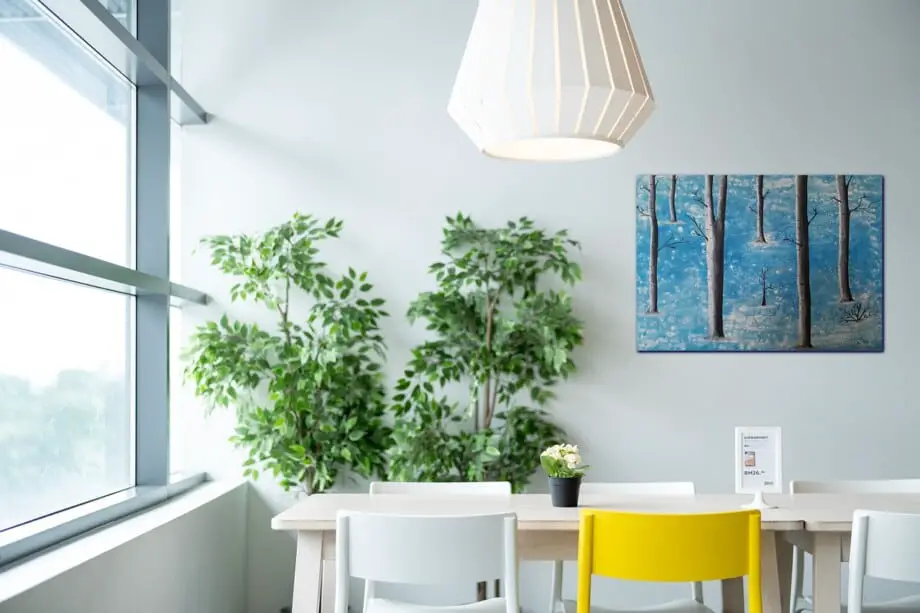Painting your interior could be one of the most exciting projects that you’re taking up to give your house a renovated look. However, factors like temperature and humidity drastically affect the outlook of the paint.
The ideal indoor paint temperature is between 50 and 90 degrees Fahrenheit, and the recommended humidity is between 40% and 50%. In case of deviations from these temperature and humidity ranges, the paint may take too long to dry or begin chipping off, resulting in an untidy finish.
Painting the entire interior of the house by yourself sounds exciting. However, it is a highly time-consuming, considerably costly, and reasonably exhausting job. We’re sure you do not want to mess it up, wasting your time and money. Read along to stay on track and understand how the temperature and humidity affect the paint and what precautions you can consider rocking your self-painted interior.
| Types of Paints | Best Temperature Range | Ideal Humidity Range |
| Oil Based Paints | 40°F – 90°F | 40% – 50% |
| Latex / Water Based Paints | 50°F – 85°F | 40% – 50% |
Best Temperature to Paint Inside
If it is your first time painting the inside of your house by yourself, we understand that it can be the most exciting thing that you can think of. However, rushing to open the paint cans and beginning to apply coats on the walls is not an intelligent choice.
Before you take the paint brushes in your hand, ensure that the temperature is ideal for painting.
The best temperature for interior painting with oil-based paints ranges from 40°F to 90°F. However, latex-based paint dries well at temperatures between 50°F and 85°F.
If temperatures deviate from the optimal ranges, you may experience discolouration, bleaching, fading, lifting, cracking, bumps, blisters and flakiness, which we are sure you do not want.
Ideal humidity for painting indoors
Just as the temperature is a crucial factor determining how the paint sets on the walls, so is the humidity level. Therefore, you should only begin painting after checking the humidity levels.
The ideal humidity for painting indoors ranges from 40% to 50%. Anything higher will take too long for the paint to dry.
This means that you will have to dedicate more than 24 hours to this venture. Moreover, the longer it takes for the paint to dry, the higher the chances of it clumping together on walls. Painting in low humidity levels does not fulfill the walls’ moisture requirements and causes paint chipping during the drying process.
Whether it is your first time painting your interior or you’ve been doing it for quite a few years now, the paint must look neat on the walls. This can only be achieved if humidity levels are kept into consideration.
When to Start Painting – Earlier in the Day or When the Sun is High?
Experts recommend not to paint under direct sunlight. Therefore, it is a good idea to begin painting earlier in the day. This way, you will be done with quite a chunk of what needs to be painted, and an actual drying process can begin.
If you begin painting when the sun is high, chances of uneven drying and chipping increase. You may also notice brush marks or lap marks on the walls. Moreover, the UV rays from the sun can change the chemical composition of the pigments present inside the paint and eventually bleach out the color too.
Beginning earlier in the day will also help you manage time efficiently, and you can probably get it done before the sun goes down.
FAQs
Should you paint indoors on a rainy day?
There is no problem in painting indoors on a rainy day as long as you ensure the rain does not reach the inside of the house. A few things that you must keep in mind are;
- Humidity levels should not be too high, or the paint won’t dry.
- The painting surface must be at least 50°F
- The paint will take longer to dry.
How can I tell what the humidity is in my house?
The easiest way to measure the humidity in your house is using a hygrometer. It will provide you with an accurate reading of the humidity levels in your house.
You can also perform the ice test if you do not have a hygrometer. A hygrometer gives you a general idea of whether the humidity is low or high.
Apart from these methods, various weather applications are also available for this purpose.
Is 70% humidity too high to paint?
70% humidity is considered too high to paint. Due to the air’s moisture content, evaporation slows down to the extent that the paint takes considerably longer to dry. This consumes extra time and doesn’t give off a neat look.
The ideal humidity for painting indoors is 40 – 50%. However you can use a dehumidifier to reduce humidity indoors.
What paint is good for high humidity?
Satin or semi-gloss paints are the best kind of paints to use in a high humid area. These paints provide a hard finish that is moisture-proof.
The glossy surface deflects any moisture, unlike the matte paints that absorb it.
How to reduce humidity in your house?
Using a dehumidifier can help you reduce humidity if you have already begun painting indoors. An alternative to that would be putting up oscillating fans in the room. You can also use an industrial blower to get rid of excess moisture.
Does humidity affect drying of oil-based paints?
Yes, humidity affects the drying of oil-based paint as well. When the surrounding air is saturated with water vapors, it doesn’t leave much room for any solvent to evaporate. Oil-based paints use turpentine as a solvent, making it difficult to evaporate when the humidity levels are high.
To sum it up..
Ideal temperature and humidity for interior painting are equally important as the type and brand of paint you are using.
Let us know if you still have any questions, and we would love to answer them. We wish you all the best in this indoor painting venture.


